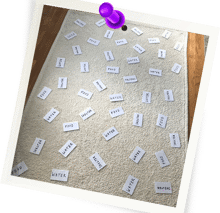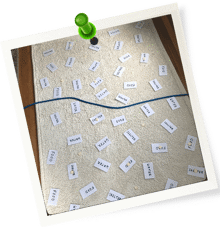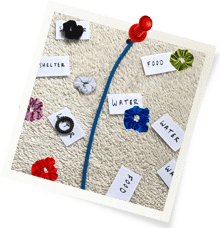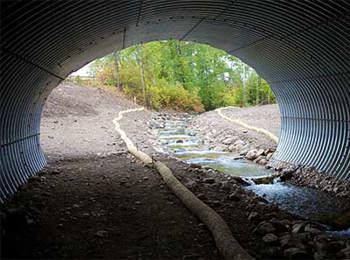Conservation & You
Shrinking Habitat Game
 Act like an animal in our habitat game! Just like animals in the wild, you’ll be on the hunt for resources like water, shelter and food. Through this game, discover some of the challenges facing wildlife and what’s being done to keep animals safe.
Act like an animal in our habitat game! Just like animals in the wild, you’ll be on the hunt for resources like water, shelter and food. Through this game, discover some of the challenges facing wildlife and what’s being done to keep animals safe.
Materials:
- Large blanket
- 45 animal resource cards (post-its, index cards, or pieces of paper). Divide up cards evenly and label "Food," "Water," and "Shelter" (15 of each).
- Rope (jump rope, ribbon, or string)
- Construction paper cut into various sizes to resemble houses or buildings (sticky notes, flash cards, or game pieces)

How to Play:
- Spread out a large blanket to resemble a shared habitat with humans and animals.
- Spread the resource cards over the blanket. Animals need these resources to survive, just like us!
Round 1:
|

Round 2
THINK: Highways and bridges can limit an animal’s access to food, water and shelter. Did you pick up as many resources in round 2 as you did in round 1? Can you think of what else might limit an animal’s access to resources? |

Round 3
THINK: Did you pick up as many resources in round 3 as you did in round 2? How did the houses impact the animal’s resources? |
What did you learn about the challenges facing wildlife?

Animals need access to resources to survive, and crossing roads or other obstacles to get to these resources can be extremely dangerous. These structures also separate animal populations and fragment habitats. That’s where wildlife crossings come in. Efforts are being made to create bridges, overpasses, viaducts and tunnels (as seen here) that give animals a safe way to cross human-made barriers. By building wildlife crossings, we can help save species from extinction. Next time you go for a drive, try to spot wildlife crossings!
Take Action!
- Take a look at some creative wildlife crossing ideas designed by kids. Then grab your pens, pencils, toothpicks or glue, and get to work on your own wildlife crossing creation!
- Did you know the Blanding’s turtle ranks near the top of the most threatened wildlife species in the northeastern United States? Learn what Zoo New England’s Field Conservation Department is doing to protect this species and how you can help!


